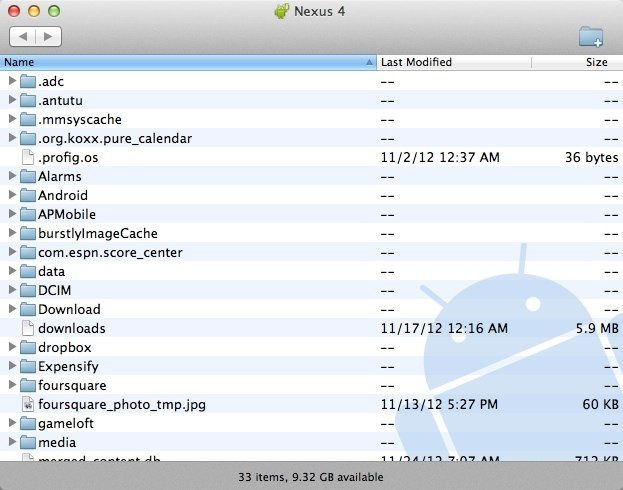8 Android Apps To Boost Internet Speed
The holidays are coming and you know what this means — everyone who came home is helping to hog the home Wi-Fi. It is also the time of the year when we are treated with plenty of online content which can zap your data plan faster than you can say "What’s for dinner?".
Despite the availability of 3G and 4G cellular communication technologies which allow us to have access to the Internet wherever we are, it doesn’t hurt to get a bit of a boost when it comes to getting a faster Internet connection.
Here are 8 Android apps that can help boost speeds to tolerable levels, and help you survive the long holiday gatherings. Note that some of them only work with rooted devices.
Internet Booster & Optimizer
Internet Booster & Optimizer is an Android app thatcomes with a series of commands that prioritizes the browser among the other applications that are using the Internet. This means that one can dig out more speed from the available Internet connection. It usuallypauses the secondary apps that are using Internet, cleans RAM & cache memory and flushes the DNS to make sure that most of the Internet speed is utilized by browser only. [Get it here]
 Faster Internet 2X
Faster Internet 2X
Faster Internet 2X provides a convenient way to get more speed from 3G and 4G cellular networks. The app is designed using special programming scripts that will boost the Internet speed to approximately twice of what’s available. This provides a better Internet user experience.It works fine with both rooted and non-rooted Android phones. The app displays ads that can be disabled. [Get it here]

Internet Speed Booster
Internet Speed Booster isan easy-to-use app with a sleek and minimal design. It uses aunique algorithm that can increase the Internet Speed of your Android device with a single tap of your finger. Internet Speed Booster app is designed in a way that has it working impeccably with rooted as well as non-rooted Android devices. [Get it here]

Internet Booster (Root)
Internet Booster (Root) uses a different method for getting more out of the available Internet connection. It basicallychanges the configurations of system ROM to increase the Internet speed to 40% to 70% higher than before. Internet Booster (Root) only works with Rooted Android Devices which means one shouldallow the Super User privileges to run this application properly. [Get it here]

Free Internet Speed Booster
Free Internet Speed Booster is another Android app which could possibly help you get rid of the slow Internet speed. It increases the Internet speed from 40% to 80% more than usual byimproving the Ping latency, halting the unnecessary background apps and managing a balance between parallel connections. Free Internet Speed Booster does not require a rooted Android device. [Get it here]

Internet Speed Booster 3G/4G
Internet Speed Booster 3G/4G appenables a user to load websites and stream videos at a speed which is equivalent to 3G/4G Internet speed. It may increase the Internet speed from 30% to 40%. This depends on the strength of the signal available to the Android phone at that time. This app works for both rooted and non-rooted Android phones. [Get it here]

Internet Speed Master
Internet Speed Master is a nice app with around 1 million installs from around the globe. The app adjusts the TCP/IP settings by modifying the system files to improve the Internet speed of one’s Android device. It is advised to make a backup of your device’s content before trying this app. It isdesigned for almost all types of ROM and can be used for all Android devices. [Get it here]

3G Speed Booster
3G Speed Booster is a small sized app that helps you get more speed from your 3G. There are some background apps that consume Internet bandwidth excessively, 3G Speed Booster scans all the background apps that are using Internet and disables them to give twice the Internet speed to your Android device. This app works efficiently with 3G networks only. [Get it here]
























